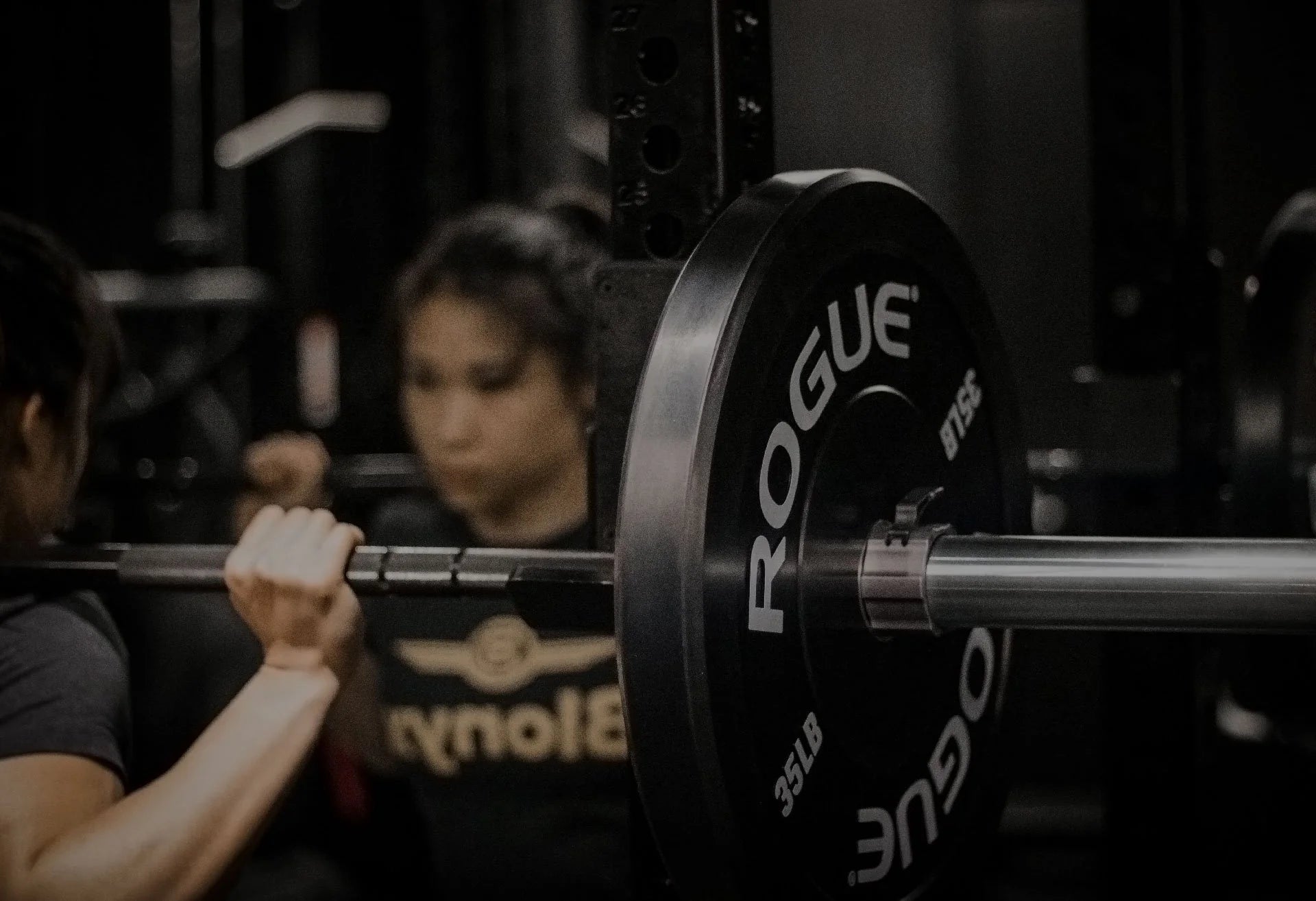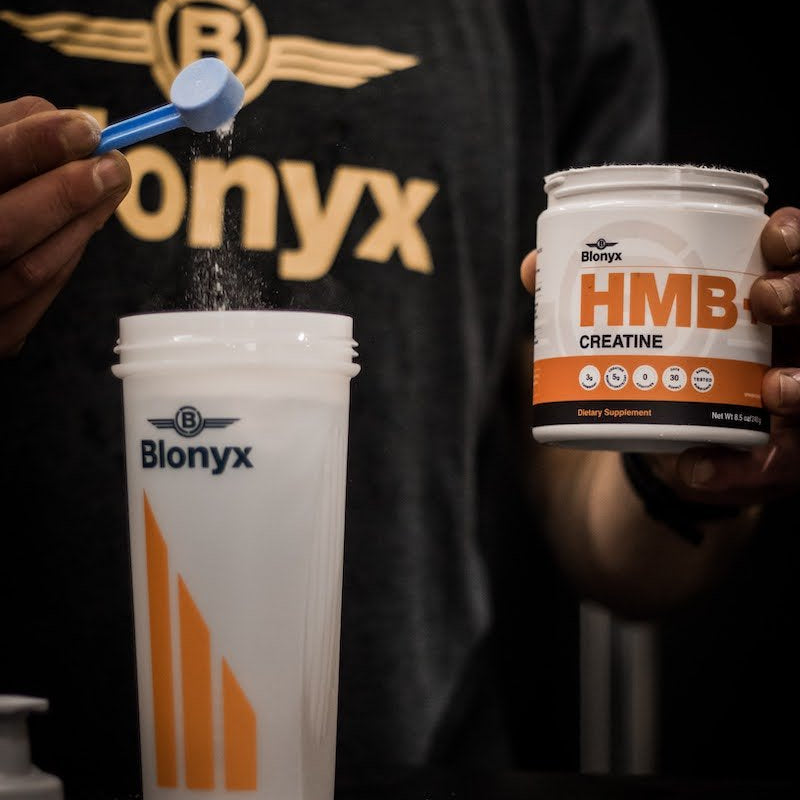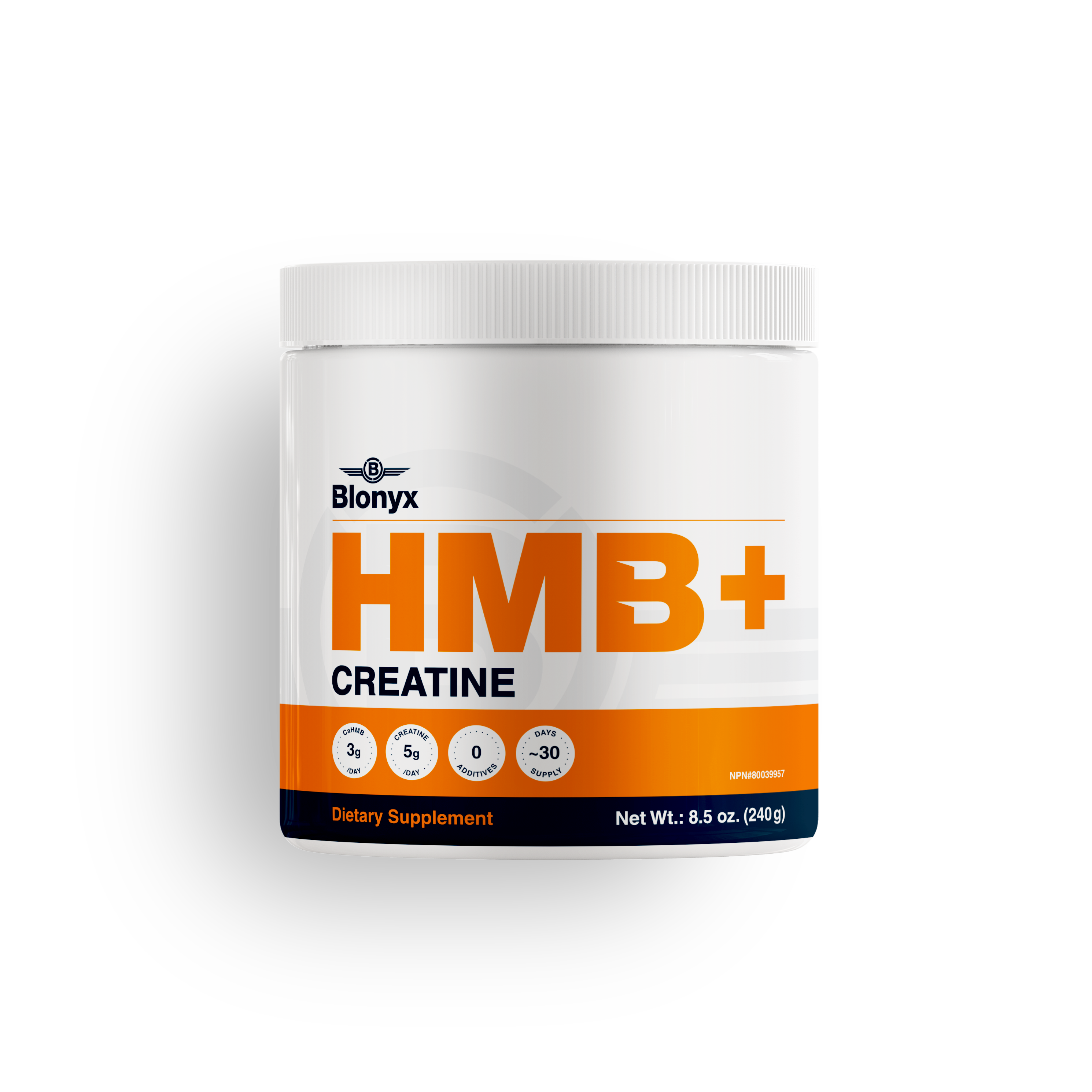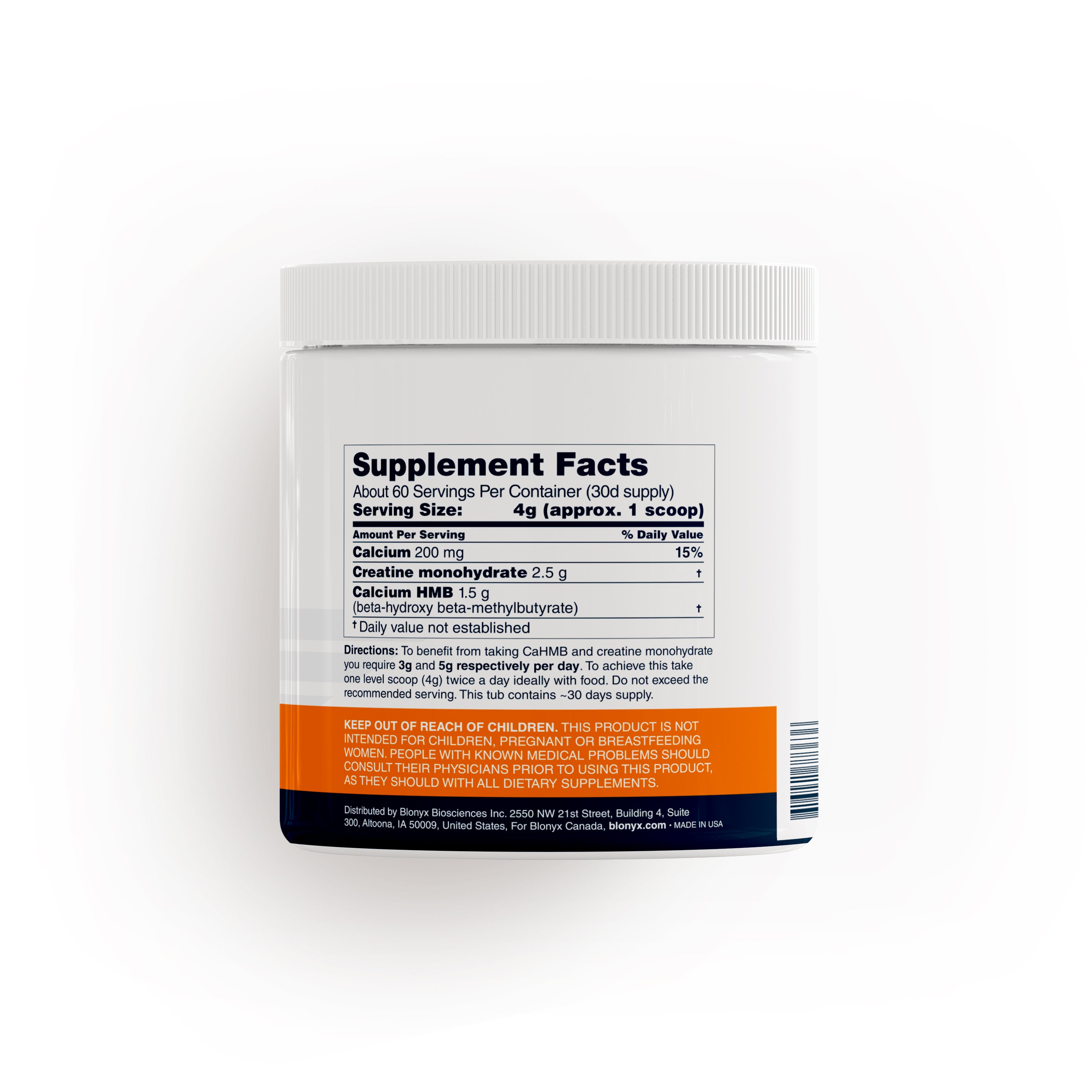OK, so the topic of injuries in CrossFit can be a controversial one, but let’s face it, it’s physical activity at high intensity and sometimes injuries happen. Whether it’s shoulder impingement, a lower back injury or torn up hands, being unable to train sucks, and so does the time it takes to return to the level you were at before you got injured.
HMB has an anti-catabolic effect, meaning it slows muscle breakdown in conditions like inactivity and bed rest (18). For the injured athlete, this means that taking HMB may be a great way to slow the muscle wastage due to inactivity. Get your hands on some HMB for the next time you get that wrist strain from heavy cleans.















